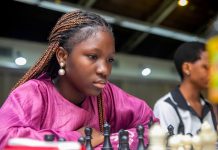There’s no straightforward answer when it comes to the best chess player in history. But a few familiar names always pop up. Chess has fascinated people for over a thousand years since it was first invented in 8th century India. It’s truly one of mankind’s most storied and studied games, captivating people from all around the world — and just like any other game, the debate around the best player in history tends to pop up now and again.
Article by: Mihai Andrei Source: www.zmescience.com
In a way, the question doesn’t really make sense. You can only truly compare chess players from the same period (and even then, it’s not so easy). Comparing players from different eras doesn’t make sense because chess players are evolving based on what past players have created. A chess player from 30 years ago didn’t have access to the knowledge that we have today, and in the past century or so, the theory and understanding around chess have progressed tremendously. The advent of computers has brought yet another leap of progress, but we’ll get to that in a bit.
Simply put, comparing top chess players is nothing but an exercise of the imagination — but it’s a fun exercise.
What if you could transport all of history’s best players and give them equal opportunities, who would come out on top?
The debate picked up some new steam when Jan Gustafsson and Peter Heine Nielsen, the seconds of current world champion Magnus Carlsen, published their ranking of chess players on Chess24 (one of the leading chess websites at the moment). Of course, like everyone else, they too agree that it’s subjective, but their list, like pretty much any other list out there, features the same familiar names that usually come up in such debates.
We’ll look at a few worthy candidates and then draw the line and see who is most deserving of the title and why. So without further ado, let’s dig in and see who could claim to be the best chess player in history.
The first contender — Paul Morphy (unofficial world champion 1858–1860)
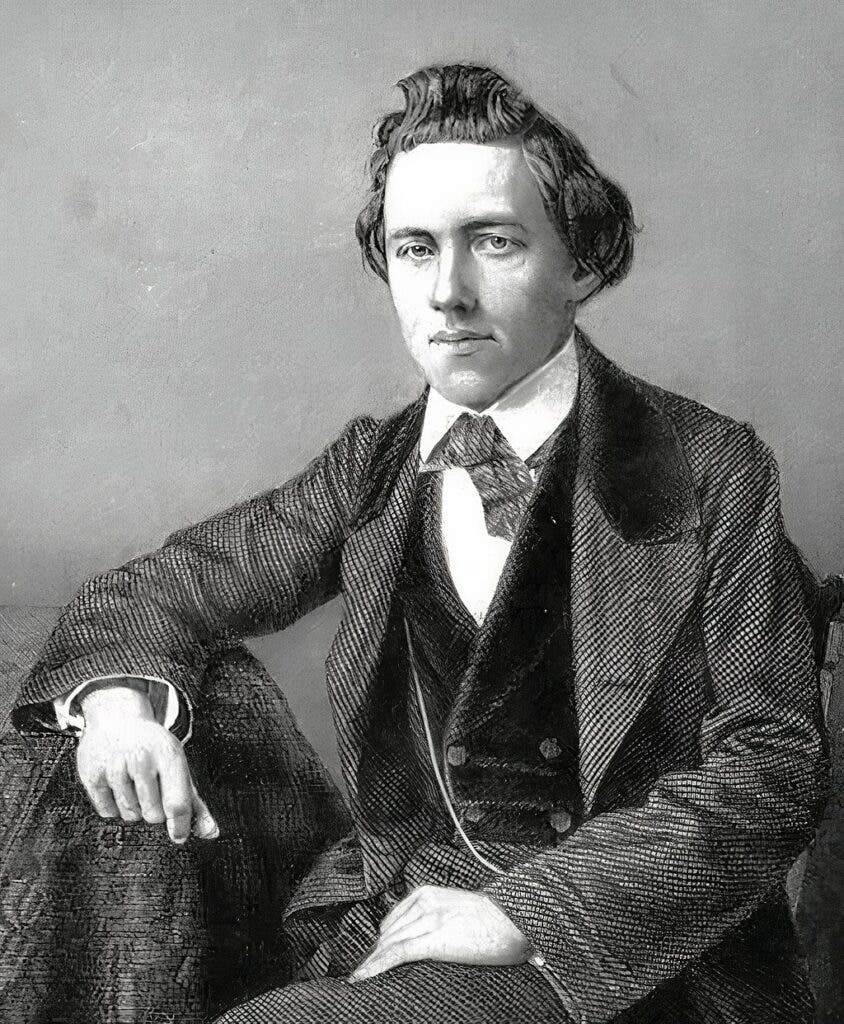
Most aspiring chess players study Paul Morphy’s games pretty early on, and for good reason: they’re spectacular. Morphy didn’t just defeat his opponents, he created poetry on the chess board, dashing players with his offensive play and countless piece sacrifices.
Granted, Morphy also received a bit of help from his opponents. Back in those days, chess was still in its romantic period. In fact, Morphy can be considered the first modern player — although he preferred open and sharp positions, he appeared capable of playing any type of game and was successful against every style he countered. This is the main argument against Morphy’s challenge: there was no real opposition to him, chess was not truly established at the time. Morphy’s games, while spectacular and way ahead of his time, were still flawed by today’s standards. But if we judge by his day’s standards, there’s almost no competition.
By the time he was 20, the American had already surpassed everyone in his country by a mile. He traveled to Europe in search of stronger opposition. He did find it, but he also squashed it. At the Café de la Régence in Paris, the center of chess in France, Morphy soundly defeated resident chess professional Daniel Harrwitz. When he was still 21, Morphy defeated the German master Adolf Anderssen, considered by many to be Europe’s leading player, by 7-2 (with 2 draws) — even as Morphy was suffering from a severe bout of gastroenteritis during which he lost so much blood that he was unable to stand unaided.
Morphy went on to defeat pretty much everyone he encountered, giving numerous simultaneous exhibitions (including blindfold exhibitions, where he would defeat multiple opponents at a time, often playing with handicap).
Morphy refused to play chess for money, and after vanquishing any form of opposition, he gave up on chess, in part because there was no one left to challenge him. He reportedly declared that he would play no more matches without giving odds to his opponent. Despite being widely (and unofficially) hailed as the World Champion, Morphy withdrew from chess and resisted attempts to get him back into the game. Many of the world’s subsequent best players (including some on this list) would go on to name him as an inspiration and one of the best — if not the best player in history.
The early champions: Lasker and Capablanca

Chess changed in the next decades after Morphy retired. The first official World Championships marked the end of the true Romantic period and brought a new wave of chess players, more analytical and thorough. The second world champion was Emmanuel Lasker, who was World Chess Champion for 27 years, from 1894 to 1921, the longest reign of any officially recognized World Chess Champion in history.
Lasker was dominant. Not only was he an excellent attacker, but he had a thorough knowledge of chess theory and often saved seemingly lost positions, which cemented his position as his time’s leader.
His contemporaries believed that Lasker used a psychological approach and would play strange moves to confuse his opponents. However, more recent analysis suggests that he was so ahead of his time that he just mystified those he played against. His method was so unique at the time that his several published books received little success because few were able to draw lessons from them.
Lasker was also an accomplished bridge player and mathematician. He published several notable papers and is noted in mathematics for his contributions to commutative algebra, which included proving the primary decomposition of the ideals of polynomial rings.
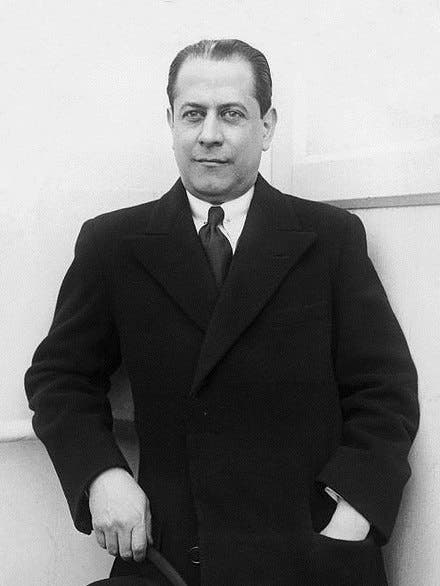
Lasker was succeeded by a most unlikely player: José Raúl Capablanca, from Cuba. Capablanca was a prodigy who, as a child stunned everyone he played with, not just with his prowess and immense understanding of the game, but also with the speed at which he often liked to move.
Capablanca was undefeated for over 8 years, from 10 February 1916 to 21 March 1924, a period that included the world championship match with Lasker. He proved most formidable in seemingly simple positions: endgames. His “light touch” would ensure that seemingly equal or even worse positions could be won, and his understanding of endgames easily surpassed his peers’. But he excelled in all sorts of situations and trying to avoid positions that Capablanca excelled in was nigh impossible. He would repel most attacks with startling ease and then strike when given the smallest possible chance.
Statistical ranking systems place Capablanca high among the greatest players of all time, and he is almost always featured in the “best of” lists. Two separate studies using computer programs found Capablanca to be the most accurate of all the World Champions in their championship games.
Soviet Dominance: Alekhine, Tal, Botvinnik
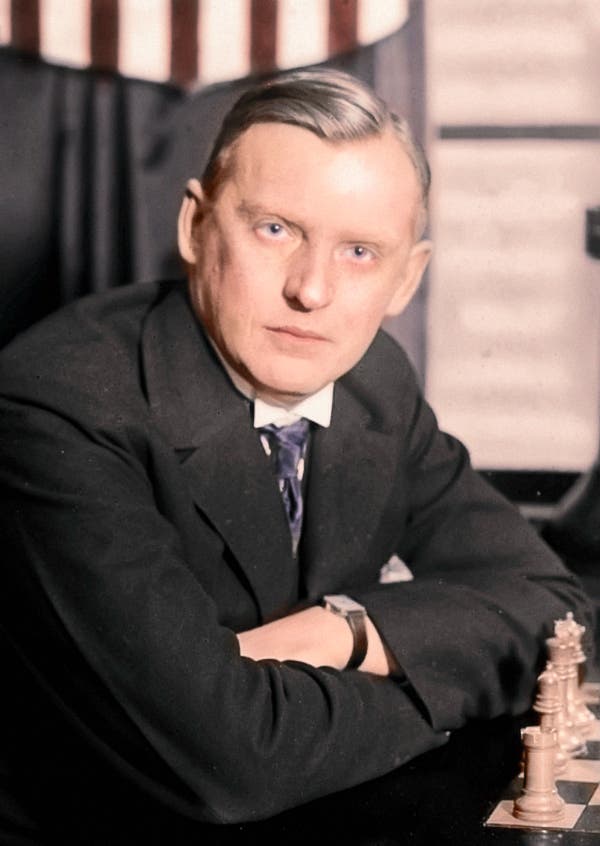
From the 1930s and all the way to the 21st century, chess was dominated by Soviet (and then Russian) players — with the notable exception of Bobby Fischer, who we’ll get to in a moment. The first of the streak was Alexander Alekhine (who would leave Russia and emigrate to France).
Alekhine was a spectacular attacking player. What set him apart from his contemporaries was his ability to find attacking plans out of seemingly quiet positions. Later analysis, including by Garry Kasparov, showed that Alekhin would actually prepare his attack quietly, only to strike when the trap was set. Alekhine’s attacking chess is studied to this day as a model and several prominent opening variations were named after him — including the rather infamous Alekhine defence, in which black seemingly breaks all the opening rules by only moving his knight the first couple of moves. Alekhine is also one of only two world champions to regain the title after losing it. The other is Mikhail Botvinnik.
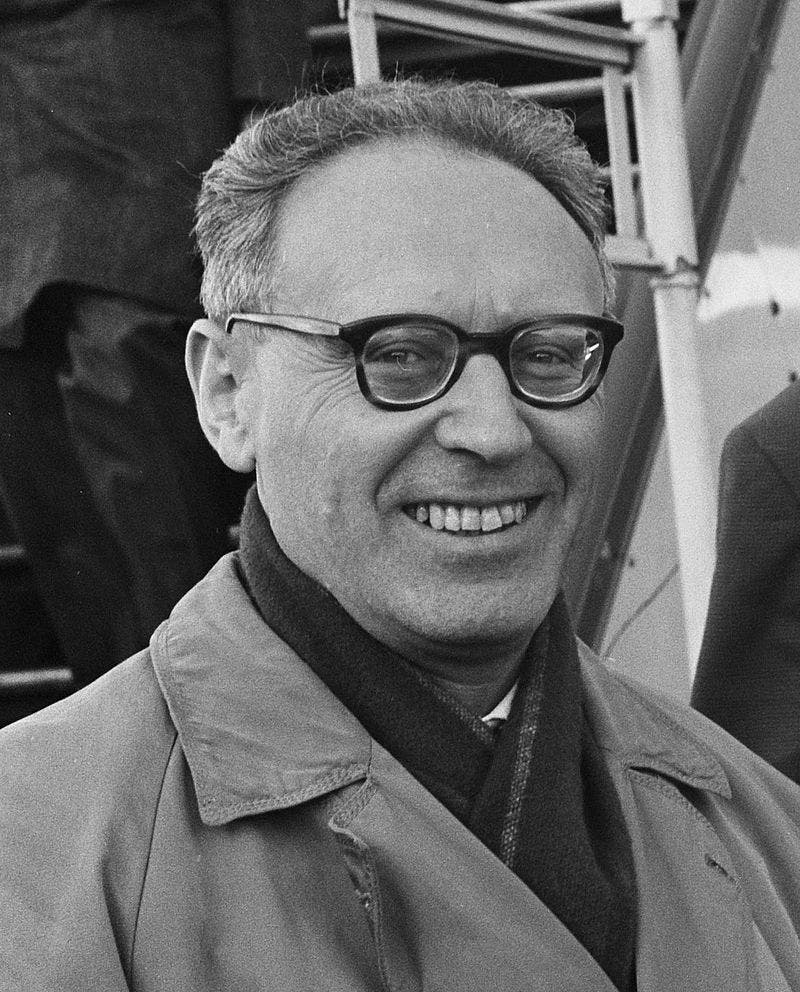
Botvinnik was the first world-class player to develop within the Soviet Union. Whereas Alekhin was sharp as a knife, Botvinnik was like a bulldozer. He was strong in any position, capable of both attacking chess and slow, methodical battles. He was an innovator of his time, emphasizing physical fitness as well as mental preparation. He introduced a series of modern practice methods that are still widely used to this day.
Besides playing top-class competitive chess, he had a PhD in electrical engineering and worked as an engineer and computer scientist. He was one of the pioneers of computer chess, foreseeing the impact that computers can have not only on chess but on other fields such as economy or biology.
Botvinnik lost and regained the world title twice, and was at or near the very top of world chess for 30 years. Aside from his own play, he played a major role in the organization of chess in the Soviet space, creating a training system that influenced Soviet players for decades and ensured that they were dominant in the chess world. Botvinnik was intimidating at the chess board — though in a very different way to Mikhail Tal.

Few people love the game of chess like Mikhail Tal. A magician, he was often called, though his opponents often saw him as a devil. Whereas Botvinnik was methodical and strategic, Tal created chaos on the chess board.
“Chess, first of all, is art,” he would say — and Tal was one of its most creative artists. The archetype of an offensive player, Tal would swing between pragmatism and intuitive sacrifices. It wasn’t always clear what he was doing, even to the best of his opponents. Objectively, he often didn’t even play the best move — but at his best, Tal played the most challenging and complex moves.
Battling multiple health problems, Tal was able to adapt his style and be a part of the chess elite for decades. His claim to the best chess player of all time is stunted by the fact that he had a negative score against several top players, who were able to refute his style. But for many chess players, there’s simply no other player like Tal.
The big three. The terrible one: Bobby Fischer
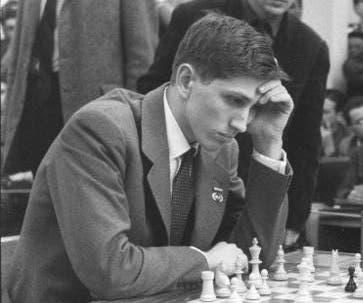
If ever there was an enfant terrible in chess, it was Robert James Fischer. Bobby, as everyone called him, was arrogant from a young age, petulant even. But every bit of that, he could justify on the chessboard. Fischer was an attacking player by nature, and usually played only a few openings — the more aggressive ones. But from a young age, he had a deep understanding of all aspects of the game and was incredibly ambitious and hardworking. He quit school at 16 to focus on chess, learned Russian so he could study Russian chess books, learned Spanish so he could study South American chess books, he studied the games of every single leading player of his time, and was incredibly thorough in his study.
A lone American in a sea of Soviet players, he wanted nothing more than to defeat them and show he was better. “I like the moment when I break a man’s ego,” he once said, and he broke egos like no one else before or after him. Chess is a game of thin margins, especially among the top players; draws are common, and wins are hard-fought — but on his way to the top Fischer demolished opposition. He scored two consecutive 6-0’s against two of the time’s leading players, not conceding even a single draw, a feat that hadn’t happened before or since, and is unlikely to ever repeat. Defeating top opponents with the black pieces three times in a row is something akin to magic. He continued this streak by defeating Tigran Petrosian (a former World Champion 6-2) and then moved on to play Boris Spassky for the world title.
The Fischer-Spassky title match from 1972 was probably the most intense chess match ever played. It was a mini Cold War in itself, and it almost didn’t happen — several times. It took a neutral organizer (Iceland), an unexpected donation of extra money for the prize fund, and intervention from the higher echelons of the US to persuade Fischer to even play the game. For both the Americans and the Soviets, it was a matter of prestige and soft power. But things were never easy with Fischer. He wanted to play in a room without press, with a particular type of chess pieces, with a particular chair… it was all Fischer style — and in true Fischer style, he came out on top. He became the only undisputed, non-Russian chess champion in the whole 1927-2000 period.
Then, as he was standing on top of the world, arguably the best chess player the world had ever seen, he sort of vanished. He refused to defend his title after his conditions for the game weren’t fulfilled and for the most part, withdrew from public life. Aside from his spectacular play (which many, including some computer algorithms, consider the best in history), Fischer also created a variant of chess called Fischer Random (or Chess960) in which the starting position of the pieces is randomized before the start of each game, to eliminate the memorization of openings and push players to rely on their creativity on the board.
The big three. The biggest champion: Garry Kasparov

Kasparov became the youngest ever undisputed World Chess Champion in 1985 at age 22, defeating title holder Anatoly Karpov. But when he first began his quest (in 1984), there seemed to be little going for him. He found himself trailing 4–0 in a “first to six wins” (with 5 draws). Most people thought he’d lose quickly. Some feared a 6-0 defeat. But Kasparov endured, and 17 successive draws followed. After these draws… Kasparov lost again. He was down 5-0. It was only in game 32 that he won his first game. Kasparov won games 47 and 48 to bring the scores to 5–3, after which the game was cancelled by organizers, even though both players wanted to continue.
Kasparov narrowly won his rematch and developed a bitter rivalry with Karpov, with Kasparov narrowly coming out on top time and time again. Kasparov would go on to hold his title for 15 years, but even after he lost it (to Vladimir Kramnik), he still won major tournaments and was still widely considered the best player in the world for around five more years. He holds the record for the longest time as the No. 1 rated player in the world – from 1984 to 2005 and also holds the record for the most consecutive professional tournament victories (15).
Kasparov’s playing style is strongly reminiscent of Bobby Fischer: aggressive attacking chess, but also extremely well-prepared. He liked to attack without taking too many risks and at the smallest mistake by his opponent, he would strike — either directly or by slowly grinding them down. His imaginative chess was backed by precise calculation, and there were no real chinks in his chess armor.
Somewhat ironically, although Kasparov is considered by many the greatest chess player to ever live, he lost a game on behalf of humanity. In 1996-1997, Kasparov played in a pair of six-game chess matches with an IBM supercomputer called Deep Blue and lost. From that moment on, humans have never been able to surpass computers in chess.
The big three. The current leader: Magnus Carlsen

Chess has never been more competitive than it is today. The margins between players are growing thinner and thinner, and with the aid of computers, players can prepare openings with unprecedented accuracy. There’s a hungry pack of talented, hard-working players, trying to come out on top and put their name in history; and over all this, reigns Magnus Carlsen.
Carlsen started out as an aggressive, attacking player, but has adapted and developed his style to a point where he is truly a universal player. He can play anything and everything. He doesn’t shy away from any opening, and he has been likened to pretty much every great player of the past. Indeed, Magnus Carlsen seems to have a bit of every past champion inside him.
Carlsen is the highest rated player in history and has been on top for a decade now, leaving no doubt as to who’s the best player in the world right now. But is he the best chess player in history? He may well be. He’s the best not just in classical chess but also in shorter time controls like blitz, and even though he only narrowly defended his title the past two times, he’s still on top and still dominant.
There’s no telling how long Carlsen’s reign will last, but with each passing year, his claim for the GOAT becomes stronger and stronger.
The best female chess player in history — Judit Polgar

Traditionally, chess had been a male-dominated activity. Women were seen as weaker players. The stereotypes and stigma against women in chess are still strikingly prevalent, though things are starting to change. Even current champion Magnus Carlsen admitted in a recent interview that “Chess societies have not been very kind to women and girls over the years,” adding that “there needs to be a bit of a change in culture.”
This makes the performances of Judit Polgar all the more notable. Despite facing striking adversity (such as not being allowed to play in men’s championships at first), Judit Polgar became 8th in the world in the mid-2000s. She had a similar style to Kasparov, playing attacking chess, and even defeated Kasparov at his prime.
“We are capable of the same fight as any man. It’s not a matter of gender, it’s a matter of being smart,” Polgar famously said. It’s nurture, not nature, she argued and women in chess aren’t nurtured enough. Supported by her family, Polgár achieved the title of Grandmaster at the age of 15 years and 4 months — at the time the youngest to have done so, breaking the record previously held by Bobby Fischer.
Polgar’s case is even more intriguing since she and her sisters underwent an educational experiment carried out by their father, László Polgár. László wanted to prove that “geniuses are made, not born,” and picked chess as a subject. Since Judit became undoubtedly the best female player in history, her sister Susan became female world champion, and their other sister Sofia also became a successful chess player, it’s probably safe to say that his experiment was a success.
The best (non-human) player
The best chess player in the world is not a person — it hasn’t been a person for over two decades. Computers have surpassed humans so much that all the top players use computers to study openings and find the best moves in different positions.
There are competitions for chess engines just like for human players, and the current best engine seems to be Stockfish. A couple of years ago, Google claimed chess supremacy with its AlphaZero engine, which operates on a neural network, as opposed to Stockfish. However, despite beating stockfish in a 100-game match organized by Google, AlphaZero didn’t participate in a computer tournament to prove its supremacy.
Leela Chess Zero, an open-source chess engine based on AlphaZero did, and managed to beat Stockfish and claimed a few titles, and the two are duking it out month after month. It’s noteworthy that AlphaZero seems to play in a more “creative” way, and several ideas produced by the engine are now used in competitive human play.
The bottom line and a personal top 10 chess players
So, with all this being said, who’s the best of the best? There’s no straightforward answer, and it depends on how you look at things (again, there’s no “real” answer as to who’s the best, it’s just an imagination exercise.
If you value being better than your peers, then no one can truly beat Paul Morphy. But Morphy had little real opposition, and his opponents were largely weak. If you value winning against strong opposition, then Bobby Fischer dominated a field of very strong players. But he was only at the top for a couple of years. If you value longevity, then Lasker would probably be your pick, but Lasker wasn’t as dominant as Kasparov was, and didn’t face as much opposition as Kasparov or Carlsen. To put a cherry on top of this chess cake, we still don’t know how far Carlsen will go, so there’s still that wild card.
Still, if you were forced to pick the best human chess player in history, the three names that would probably come up would be Fischer, Kasparov, and Carlsen. Each can make a strong case for themselves: Fischer squashed strong opponents like no one before or after him, Kasparov aggressively topped the charts for 20 years, and Carlsen dominated a decade of unprecedented competition — and he’s still going. While the likes of Lasker, Alekhine, Botvinnik, Morphy, or Capablanca can make their own valid claim, it’s probably from the former three names that you’d have to pick the best chess player.
| Rank | 1-year peak | 5-year peak | 10-year peak | 15-year peak | 20-year peak |
|---|---|---|---|---|---|
| 1 | Bobby Fischer, 2881 | Garry Kasparov, 2875 | Garry Kasparov, 2863 | Garry Kasparov, 2862 | Garry Kasparov, 2856 |
| 2 | Garry Kasparov, 2879 | Emanuel Lasker, 2854 | Emanuel Lasker, 2847 | Anatoly Karpov, 2820 | Anatoly Karpov, 2818 |
| 3 | Mikhail Botvinnik, 2871 | José Capablanca, 2843 | Anatoly Karpov, 2821 | Emanuel Lasker, 2816 | Emanuel Lasker, 2809 |
| 4 | José Capablanca, 2866 | Mikhail Botvinnik, 2843 | José Capablanca, 2813 | José Capablanca, 2798 | Alexander Alekhine, 2781 |
| 5 | Emanuel Lasker, 2863 | Bobby Fischer, 2841 | Bobby Fischer, 2810 | Alexander Alekhine, 2794 | Viktor Korchnoi, 2766 |
| 6 | Alexander Alekhine, 2851 | Anatoly Karpov, 2829 | Mikhail Botvinnik, 2810 | Mikhail Botvinnik, 2789 | Vasily Smyslov, 2759 |
A comparison in rating for chess players developed by statistician Jeff Sonas of Chessmetrics. Does not include Magnus Carlsen, whose performances came later.
There seems to be a general agreement that if Magnus Carlsen can keep it up for another decade, he’s got a solid chance of truly becoming the greatest of all time, but until that happens, it’s Kasparov that gets to play the longevity card. As dominant as Fischer was, his best results span over a relatively short period and he didn’t truly confirm his immense potential.
We mentioned the top 50 rankings published by Chess24 (which is an excellent follow-up if you’d like to dig into this even more). Here’s their top 10.
- Garry Kasparov
- Magnus Carlsen
- Bobby Fischer
- Emmanuel Lasker
- Alexander Alekhine
- Anatoly Karpov
- José Raúl Capablanca
- Mikhail Botvinnik
- Viswanathan Anand
- Paul Morphy
Since there’s no right or wrong answer, here’s our very own top 10 chess players in history. What’s yours?
- Garry Kasparov
- Bobby Fischer
- Magnus Carlsen
- Paul Morphy
- Emmanuel Lasker
- José Raúl Capablanca
- Alexander Alekhine
- Mikhail Botvinnik
- Mikhail Tal
- Anatoly Karpov
Article by: Mihai Andrei
Source: www.zmescience.com







